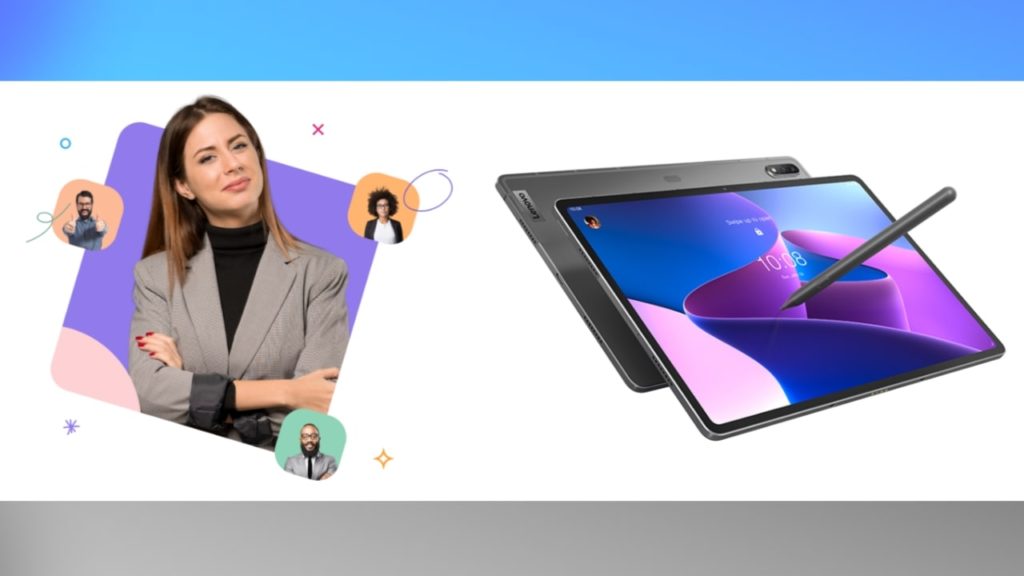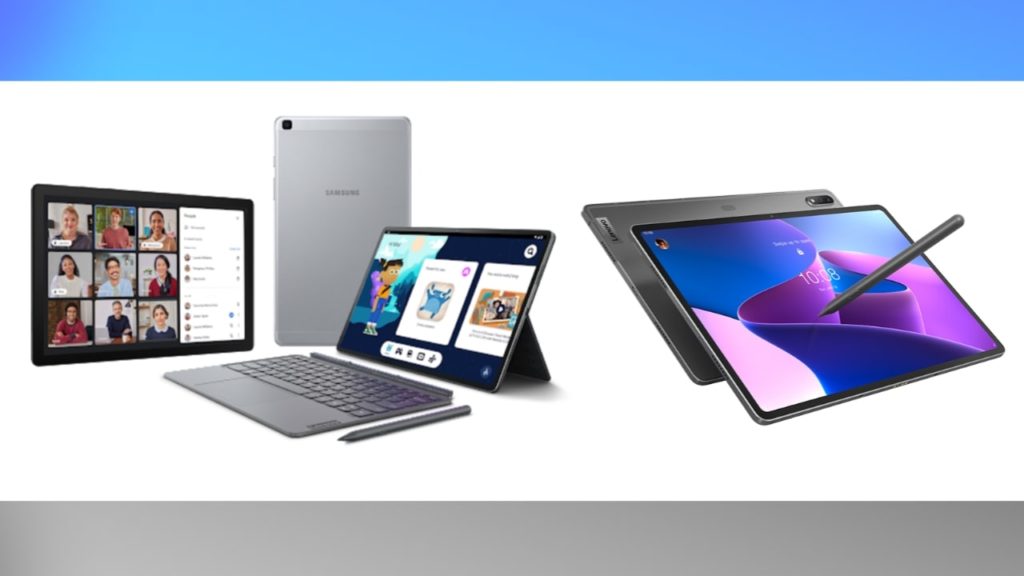Tablets and their downward trend
Tablets and their downward trend

We saw the introduction and rising popularity of tablets in the early 2010s. These products, produced by a variety of companies, served as the ideal compromise between laptops and cellphones (which, at the time, had small screens and subpar performance) ( performance but really too uncomfortable to always be carried with us). But, following their early triumph, people are no longer as interested in them.
Particularly, 2014 marked the peak of the tablet market’s expansion. Sales then experienced an inexorable downturn, falling 40% overall between 2014 and 2017, and it appears that this bad trend will persist over time.
Moreover, the facts would have been much more dismal, according to Stephen Baker, vice president of the NPD group, if Amazon had not been able to sell its Fire for such ridiculously low rates (on occasion, as little as $33).
What are the reasons, though, that tablets haven’t been able to win over users?
They don't offer anything special, to put it briefly.
Thanks to the introduction of more high-performance devices and ever-larger screens, we can easily carry out tasks with our smartphones, such as managing emails, editing documents on the go, accessing social networks, or playing games. For smartphones, for which we already pay a data connection charge, a separate subscription is required in order to use the tablet to access the internet.
Tethering is possible, however it reduces battery life (but it is possible). Price is another important factor; in many situations, the cost of devices with superior hardware and larger screens is comparable to or even more than the cost of a personal computer.
The weight and smaller size as compared to a notebook are the only benefits. However, laptop manufacturers are producing ever-lighter and more portable laptops that aren’t too awkward to carry around and that, of course, are infinitely superior in terms of power and offer a much greater number of functions. Not to mention, convertible laptops that have Windows installed can be the ideal option for people who don’t use a lot of resource-hungry programmes and don’t want to carry a notebook around with them.
In support of what I’ve just said, I offer the following Deloitte survey: 15 distinct activities were shown to the 30,000 respondents, and they were then asked which device they wanted to use to carry them out. None of them thought that the tablet was the best option.

your use of tablets
It is vital to consider our favourite operating system’s performance in this area as well.
Google has demonstrated that it has never sufficiently supported Android tablets. The failure of Honeycomb was never followed by a version of the green robot that could perform at its peak on this kind of device, which has almost always provided a depressing user experience: poor intuitiveness, multitasking that was initially absent and then partially implemented, and no user interface optimisation. I had the feeling that I was only holding a really huge phone, at least from my perspective.
Instead, hats off to Apple. They have been able to provide their customers with mature, fluid, and flawlessly optimised products because to Cupertino. They should be commended for their ability to attack the market, differentiating their offering with the release of the iPad mini in order to cater to the needs of that customer segment that prefers a more “pocket-sized” format, quickly breaking into the education sector, and, most importantly, recently offering a significant price reduction.
If you’d like, I’d be interested in hearing your thoughts on the matter: Do you use a tablet daily for any specific reason, or are you reading this post on your smartphone, notebook, or convertible that you bought with the money you would have spent on a tablet?


